Articles
How Pickup Trucks Evolved: From Utility Vehicles to Futuristic Designs
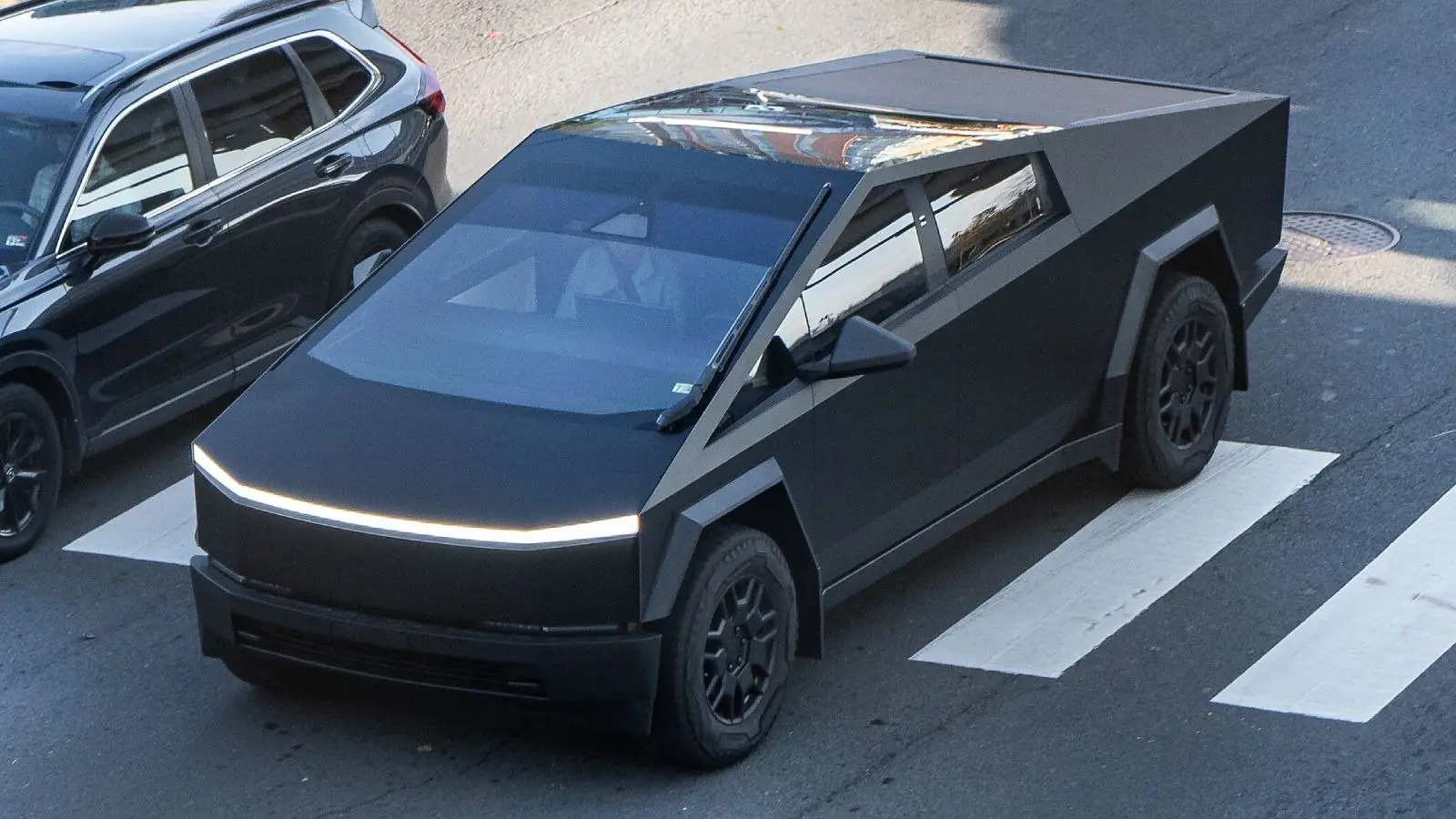
Discover how pickup truck design has evolved from early work vehicles to high-tech powerhouses like the Tesla Cybertruck. Explore key trends, innovations, and industry shifts.
Once upon a time, pickup trucks were purely functional vehicles—rugged, practical, and built for hard work. Today, they are technological marvels, packed with luxury and cutting-edge features. At the forefront of this transformation stands the Tesla Cybertruck, a vehicle that defies every conventional design rule.
How did we get here? To understand why the Cybertruck looks the way it does, we need to trace the evolution of pickup truck design—from the earliest workhorses to the sci-fi-inspired machines of today.
Early Days: Practicality Over Aesthetics
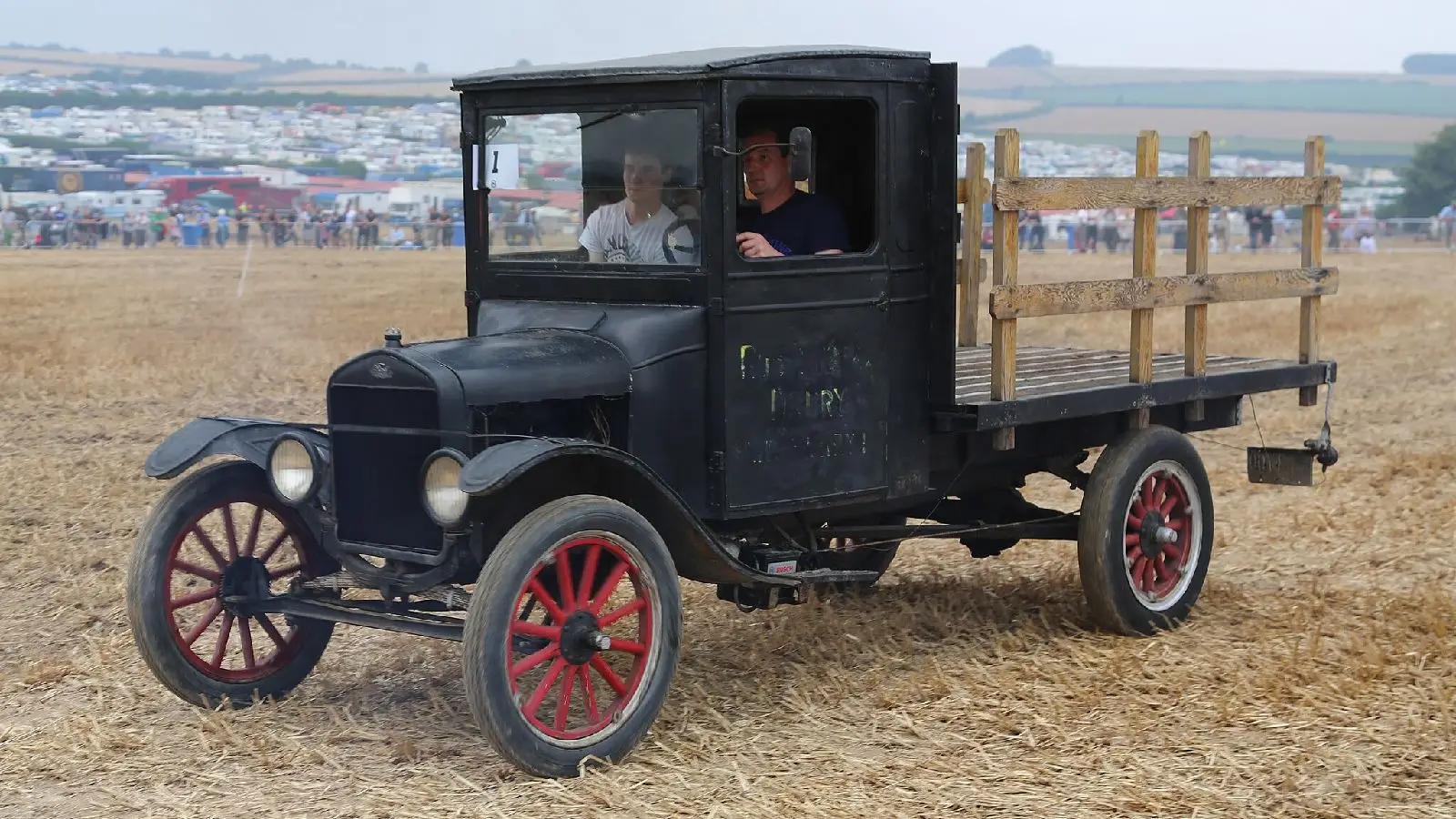
The first pickup trucks were all about utility. Ford’s Model TT, introduced in 1917, was one of the earliest commercial trucks designed for heavy loads. It was sold as a chassis, allowing businesses to customize their cargo beds based on their needs.
By 1925, Ford introduced the Model T Runabout with a factory-installed pickup bed—an innovation that streamlined production and made trucks more accessible to small businesses and farmers.
Comfort Joins the Equation
By the 1950s and 1960s, pickup trucks were evolving beyond mere workhorses. Manufacturers started focusing on driver comfort, leading to the introduction of two-row cabs.
In 1957, International Harvester released the first U.S. pickup with a four-door cabin, and soon after, Ford and Dodge followed suit. Suddenly, pickups were no longer just for work—they were becoming family vehicles.
The Rise of Power and Performance
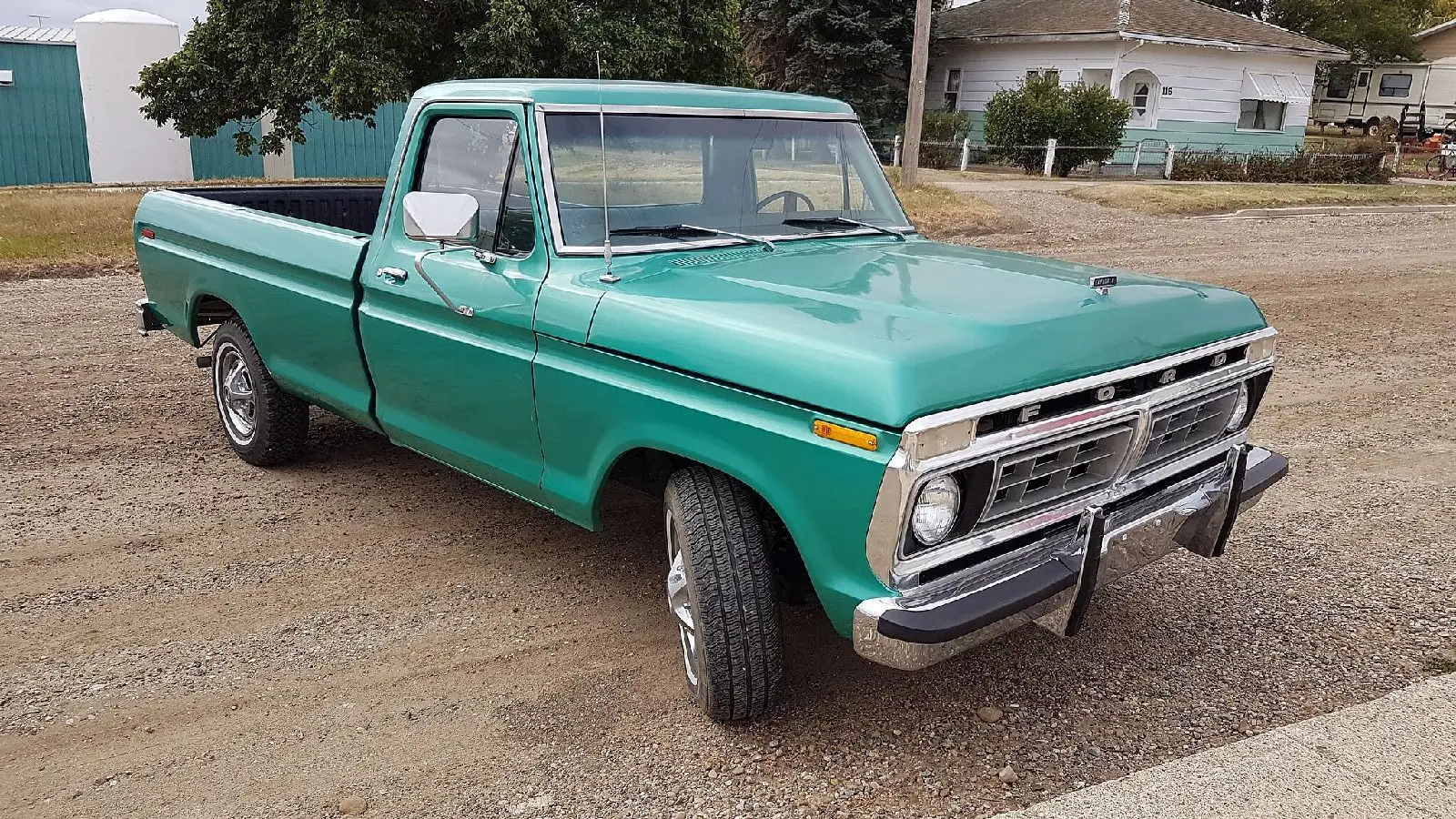
In the 1970s and 1980s, pickup trucks became more powerful and versatile. Automakers widely adopted V8 engines, as seen in the Chevrolet C/K "Square Body" (1973–1987). The era also introduced sporty truck models, such as the Chevrolet El Camino SS with its L-78 V8, blending muscle car performance with pickup truck practicality.
Beyond sheer power, manufacturers improved ride quality and comfort. Ford’s Twin I-Beam front suspension smoothed out rough roads, while premium interiors, air conditioning, and advanced audio systems made trucks more appealing beyond the worksite. These developments laid the foundation for modern pickup trucks as everyday vehicles and status symbols.
Luxury and High-Tech Upgrades
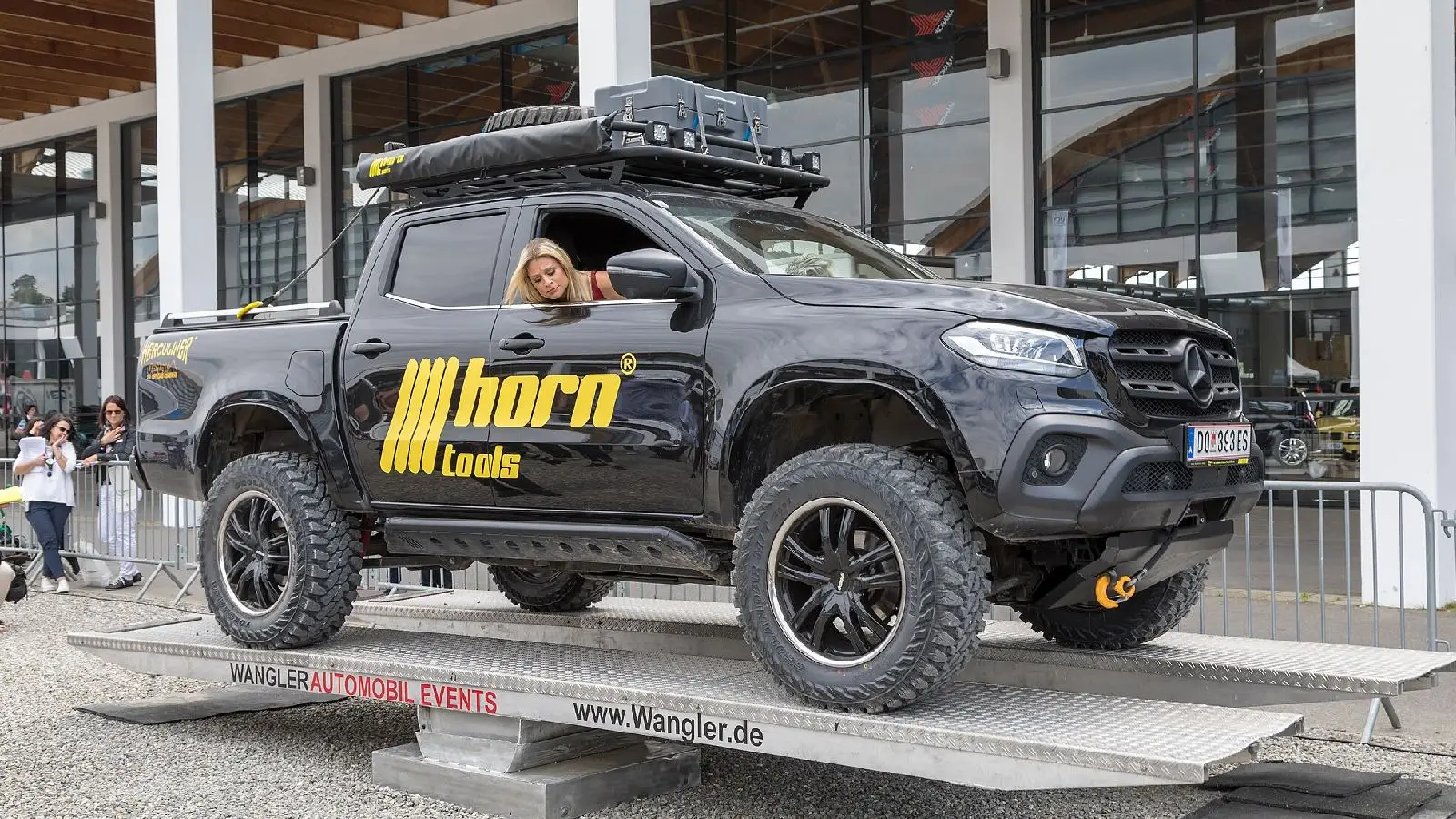
Today’s pickups are a blend of luxury and innovation. Features like GMC’s Super Cruise and Ford’s BlueCruise allow for hands-free driving, while interiors boast high-end materials and premium sound systems. The shift toward electrification is also accelerating, with models like the Ford F-150 Lightning, Rivian R1T, and, of course, the Tesla Cybertruck.
Tesla Cybertruck: A Revolution or a Gimmick?
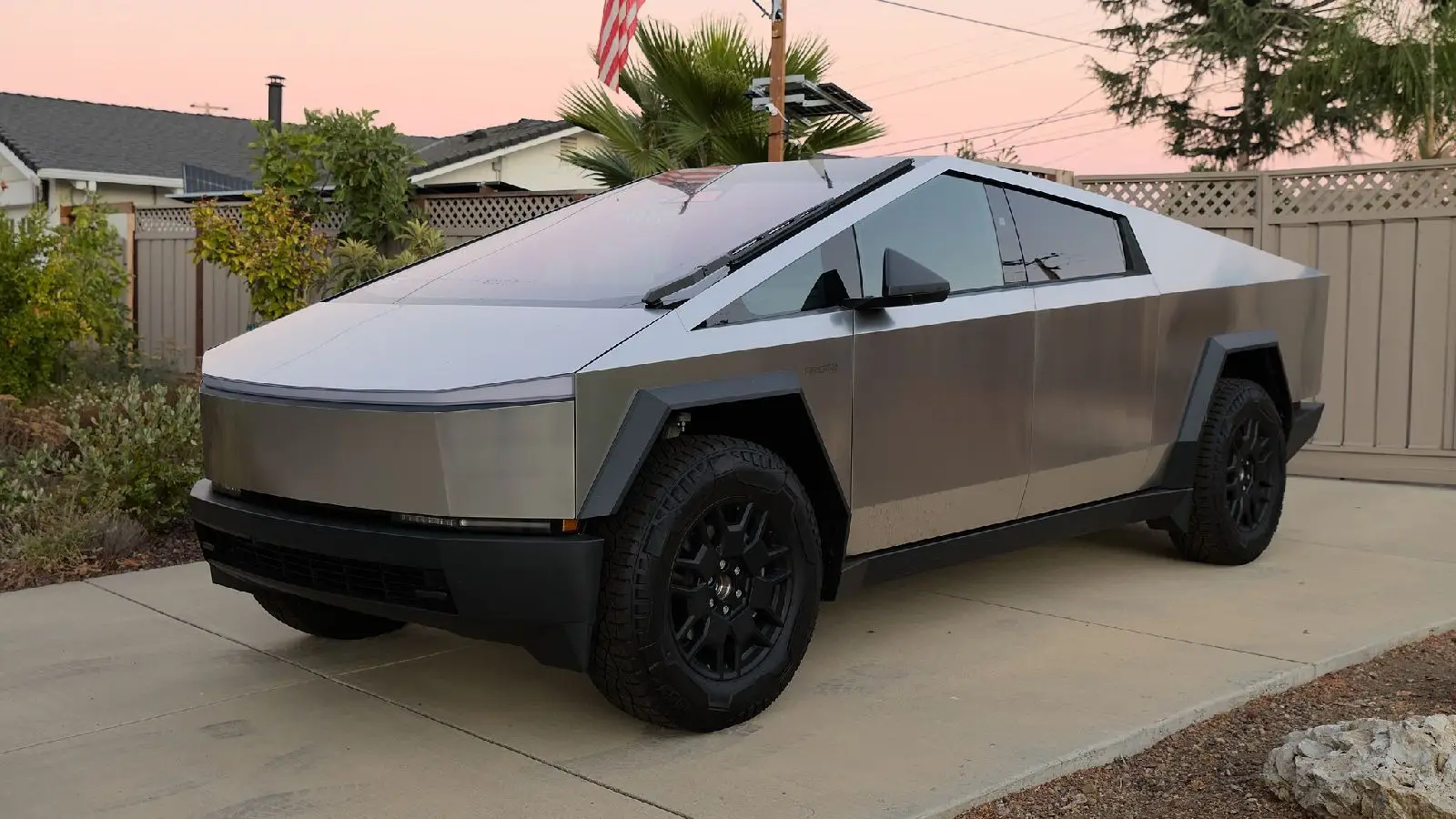
When Tesla unveiled the Cybertruck, reactions were extreme. Some saw it as a revolutionary leap forward, while others dismissed it as a design experiment gone wrong.
Inspired by Blade Runner and the Lotus Esprit from The Spy Who Loved Me, the Cybertruck is made of cold-rolled stainless steel and features an angular, wedge-shaped body. It looks more like a spaceship than a truck.
The Future of Pickup Trucks
Will Cybertruck change how pickups are designed in the future? While traditional manufacturers aren’t rushing to copy its radical aesthetics, it has undoubtedly influenced discussions on materials, aerodynamics, and alternative powertrains.
One thing is certain: the pickup truck as we knew it is evolving. Tesla’s bold design choices may just be the beginning of a new era. What will trucks look like in another decade? The future is wide open.
2025, Feb 14 09:59


